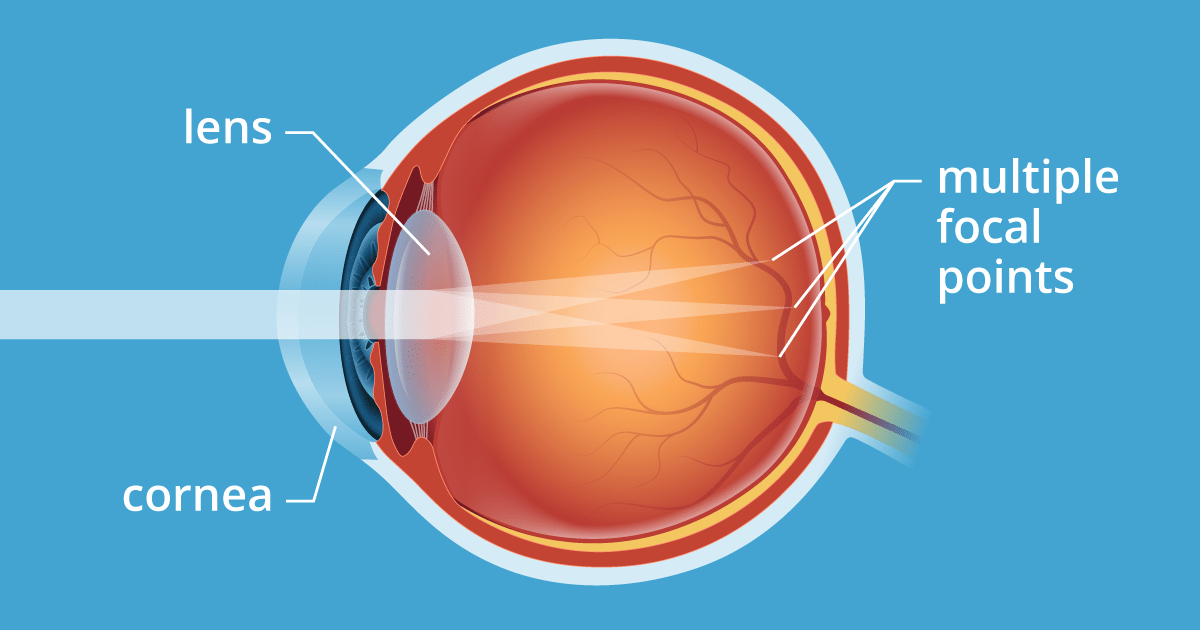Could You Have An Eye Astigmatism?
Astigmatism is a common eye condition referring to an abnormality in the shape of the eye’s lens or in the curve of a patient’s cornea, which is the clear, round dome covering the pupil and iris. Common symptoms include blurry vision (the most common), eye strain, squinting, light sensitivity, and headaches. The good news is astigmatism does not reach the point of blindness, but it is still essential to note blurry vision can be quite dangerous as well as aggravating to the patient.
Who can have this condition? What are the major symptoms? What can be done about it? Keep reading for everything you need to know about astigmatism.
What Causes Astigmatism In The First Place?

Astigmatism can occur at any age, including birth, or develop over time, though most individuals with this condition were born with it. The most common cause of astigmatism is due to genetic predisposition. It may also occur due to an eye injury, eye surgery, or eye disease, but it is important to note individuals cannot develop astigmatism or make it worse by reading in dim light or by sitting too close to the computer or television. However, patients can still cause headaches or eye strain this way, even if the effects remain temporary, and as such, they should avoid doing these things when possible.
How Astigmatism Causes Blurred Vision

The first layer of the eye is the cornea, which is a transparent, dome-shaped layer. From there, the light passes through the pupil and the lens. The cornea and the lens are two parts of the eye that help focus the light. Corneal astigmatism occurs when the cornea, the transparent, dome-shaped layer of the eye, is misshapen. Lenticular astigmatism occurs when the lens’ shape is distorted. Both of these types result in blurred vision at all distances. Blurred vision is the result of a refractive error, since either the cornea or the lens is not allowing light to focus properly at the back of the eye, and may do so in more than one place.
Though blurry vision is the most common symptom of astigmatism, it does not always mean blurry vision is the result of this condition, since other refractive errors, such as nearsightedness or farsightedness, also cause it.
